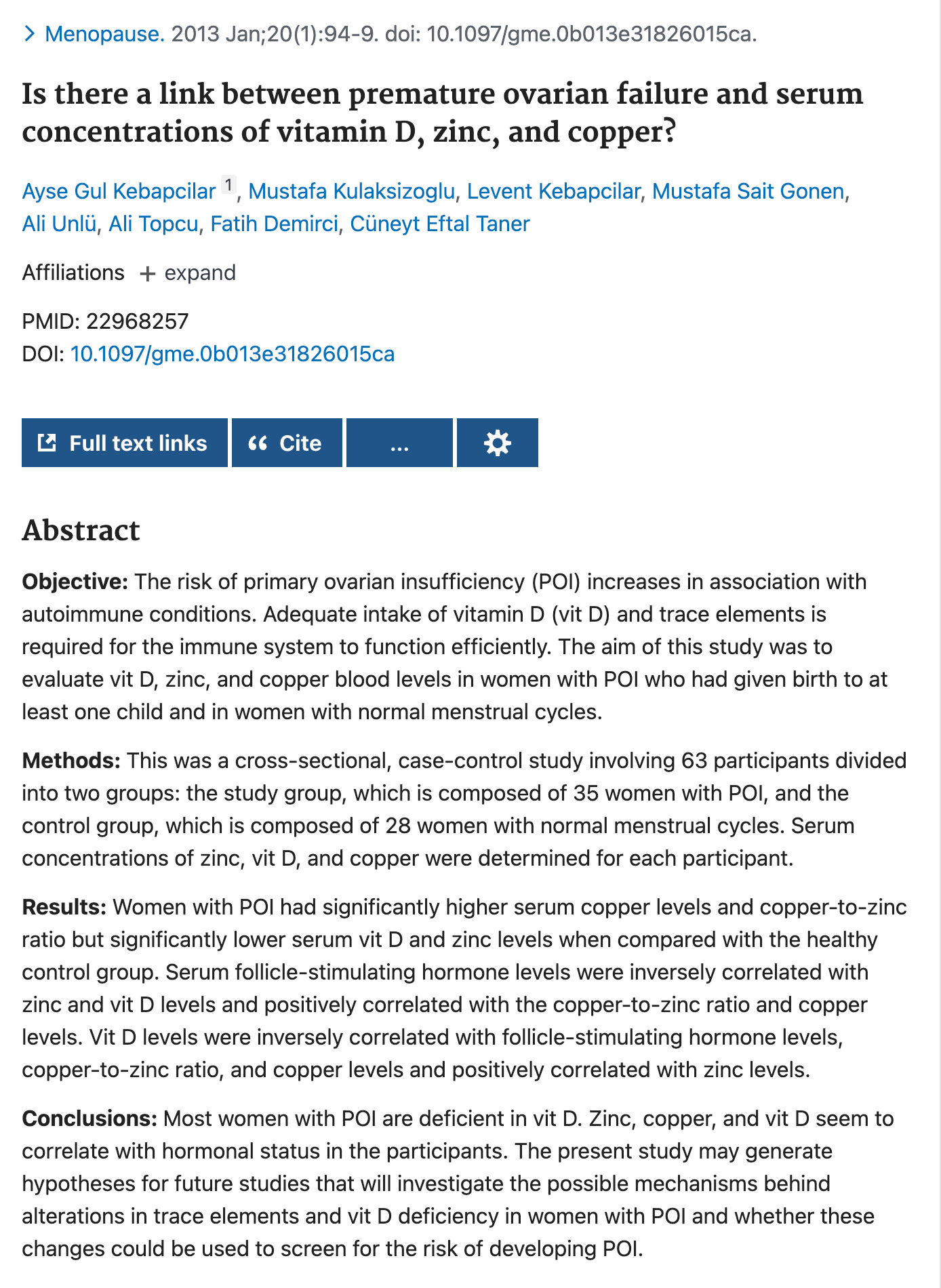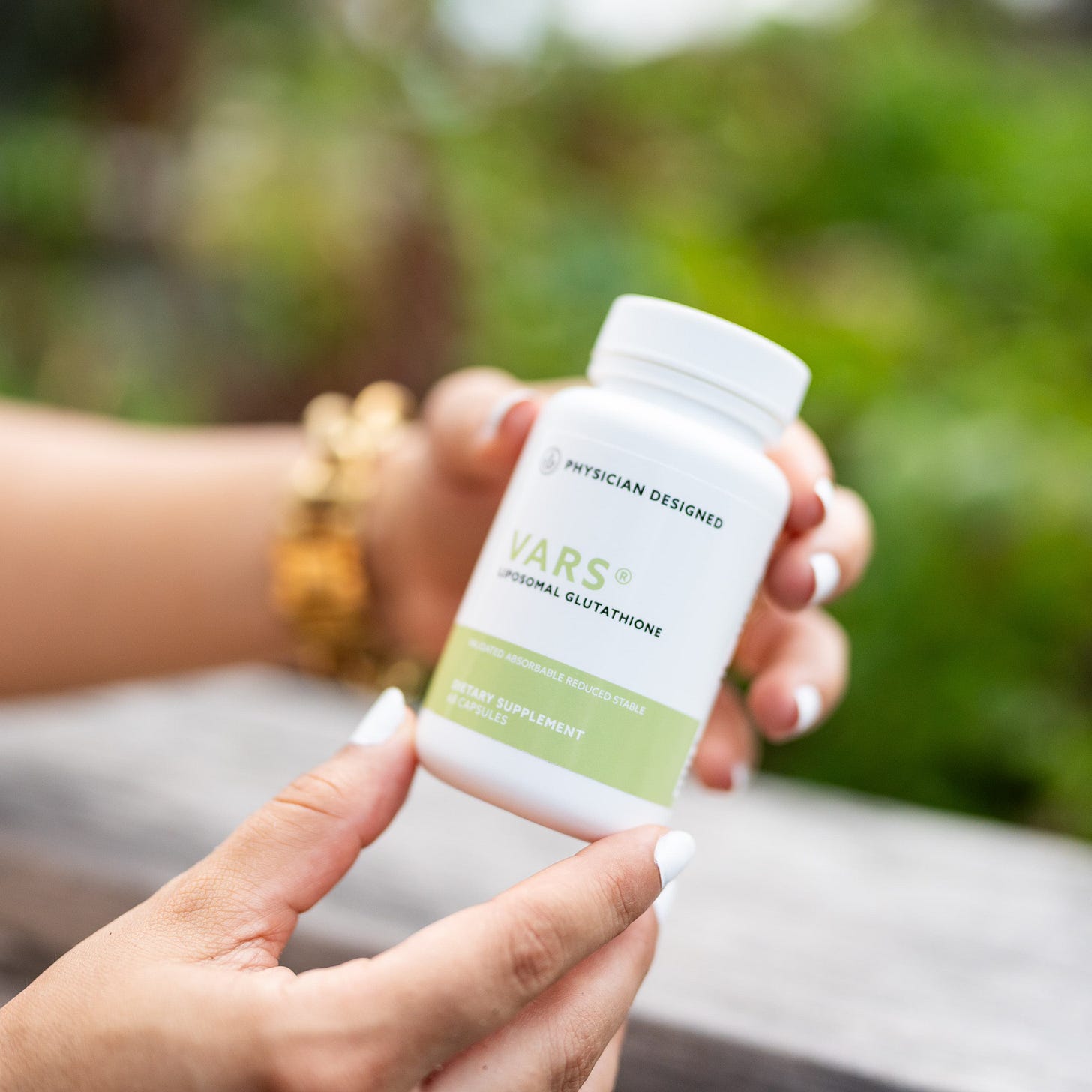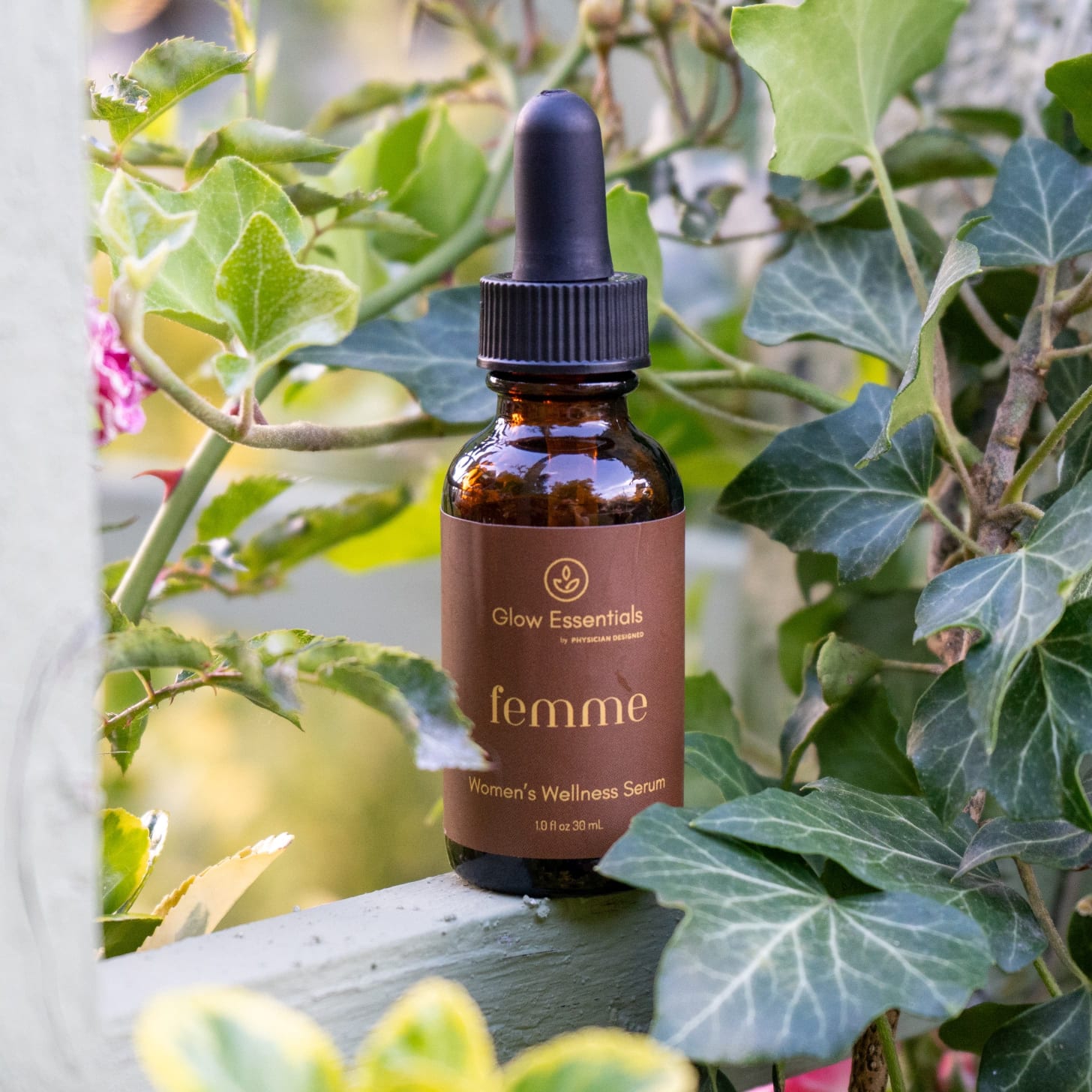What Is POI?
Premature Ovarian Insufficiency (POI)—often misdiagnosed as early menopause—is a condition where the ovaries stop functioning too soon, leading to hormonal imbalances, loss of menstruation, infertility, and symptoms of menopause at a young age. Many women experience this in their 20s, 30s, or early 40s, leaving them feeling hopeless about their fertility and overall health.
💡 But here’s the shocking truth: POI is often caused by vitamin and mineral deficiencies—not a permanent ovarian shutdown.
Instead of labeling POI as "untreatable," new research and clinical experience show that replenishing key intracellular vitamins and minerals can help restore ovarian function and, in many cases, bring menstrual cycles back within 90-120 days.
If you or someone you know is struggling with POI, keep reading—this may be the missing piece in your health puzzle.
Root Causes of POI: Why Your Ovaries Stop Functioning Early
The No. 1 underlying cause of POI? Vitamin and mineral deficiencies—particularly zinc deficiency, among others.
Many doctors overlook intracellular nutrient deficiencies because they only check standard blood levels, which don’t show what’s actually inside the cells. The reality? Nutrient depletion at the cellular level can mimic both ovarian and pituitary dysfunction, leading to symptoms identical to POI.
✅ How Nutrient Deficiencies Lead to POI:
🔬 Low Vitamin Levels = Low Hormone Production: The ovaries require specific vitamins and minerals to produce estrogen, progesterone, and other reproductive hormones. A deficiency blocks this process.
⚠️ Mimics Pituitary Dysfunction: A lack of key nutrients can disrupt the pituitary gland, the master regulator of reproductive function, making it appear as though ovarian failure is occurring.
😴 Fatigue and Exhaustion: Almost all POI cases report chronic fatigue, yet doctors rarely connect this to vitamin depletion.
💡 Solution? An intracellular vitamin panel (like the CMA from my site) can detect deficiencies that standard blood tests miss.
Key Vitamin and Mineral Deficiencies Linked to POI
Scientific and clinical research highlights several key deficiencies commonly found in women with POI. Addressing these through targeted supplementation has helped restore ovarian function in many cases.
1. Zinc Deficiency: The #1 Root Cause of POI
✅ Zinc is essential for ovarian hormone production.
✅ A deficiency can lead to hormonal imbalances, irregular cycles, and infertility.
✅ Restoring zinc levels can help kickstart ovarian function again.
2. Vitamin D Deficiency
🌞 Vitamin D regulates follicle-stimulating hormone (FSH) and estrogen production.
⚠️ Low vitamin D levels have been linked to ovarian dysfunction and reduced fertility.
3. Magnesium Deficiency
🧬 Magnesium is crucial for proper hormone signaling.
⚠️ A lack of magnesium can lead to stress-induced POI, affecting ovulation and progesterone production.
4. B-Vitamins (B6, B12, Folate)
🔋 Support healthy ovulation, egg quality, and progesterone production.
💡 Many women with POI have MTHFR mutations, which make it harder to metabolize folate, further increasing deficiency risk.
5. Glutathione: The Master Antioxidant
🛡️ Glutathione protects the ovaries from oxidative stress and premature aging.
⚠️ Low levels are often seen in women with POI and fertility challenges.
💊 Liposomal Glutathione supplementation (like VARS Glutathione) can help restore ovarian function and detoxify hormone-disrupting toxins.
6. Iron Deficiency
🔴 Iron is essential for ovarian function and estrogen production.
🚨 Low iron can mimic POI symptoms, causing cycle irregularities and low energy.
7. Iodine & Selenium Deficiency
🌱 These minerals support thyroid function, which is closely linked to ovarian health.
⚠️ Thyroid imbalances are common in women with POI.
Bottom Line: If you have POI, checking your intracellular vitamin, mineral, and amino acid levels is CRUCIAL.
How to Reverse POI Symptoms Naturally
The good news? Addressing these deficiencies through targeted nutrition, supplementation, and lifestyle changes can often restore ovarian function within 90-120 days.
✅ Step 1: Get an Intracellular Nutrient Panel
💡 Regular blood tests don’t show what’s inside your cells. A comprehensive intracellular vitamin test (like the CMA & Redox Panel from DanPurserMD.com) can pinpoint your exact deficiencies.
✅ Step 2: Supplement Wisely
Based on test results, begin high-quality supplementation for missing vitamins and minerals. Key ones to consider:
Zinc (for ovarian function)
Vitamin D3 + K2 (for hormone balance)
Magnesium (for stress & hormone regulation)
Methylated B-Vitamins (for ovulation support)
Liposomal Glutathione (VARS Glutathione) (for antioxidant protection & hormone detox)
Iron + Vitamin C (for energy & blood health)
Iodine & Selenium (for thyroid & ovarian function)
Progesterone (such as found in Femme from Physician Designed)
✅ Step 3: Give It 90-120 Days
Many women start seeing improvements in energy levels within 30 days, and ovarian function returning within 90-120 days.
Clinical Insights:
📌 Women who stick to this protocol often regain their cycles and hormonal balance.
📌 If POI patients stop supplementation, symptoms may return—indicating ongoing nutrient needs.
POI Is Not Permanent—It’s Treatable
📌 POI is NOT early menopause—it’s often a reversible condition linked to vitamin and mineral deficiencies.
📌 Mainstream medicine often overlooks nutrient depletion, but research proves its role in ovarian health.
📌 An intracellular vitamin panel is the first step to identifying deficiencies and creating a plan for recovery.
📌 With proper supplementation and nutrition, many women regain their cycles and fertility within months.
If you or someone you know is struggling with POI, don’t lose hope. This is a treatable condition—you just need the right tools to restore ovarian function naturally.
🔬 Ready to take control of your health? Get tested, supplement wisely, and reclaim your cycle!



















Share this post